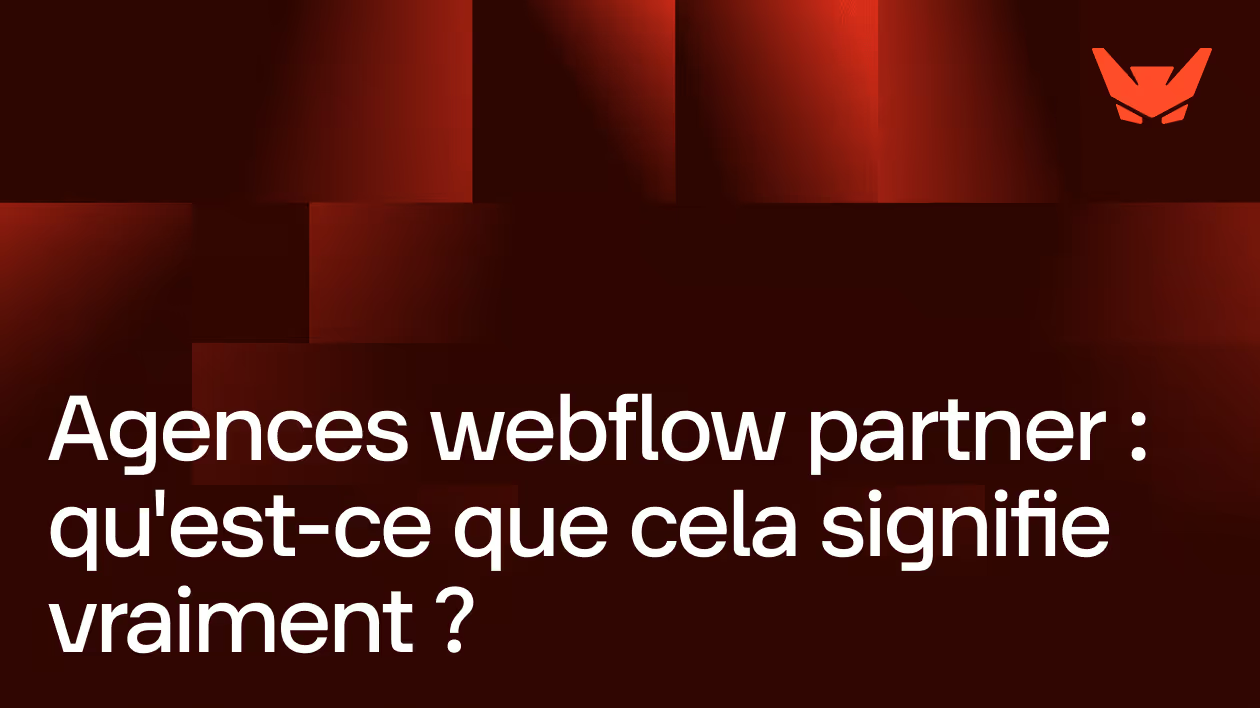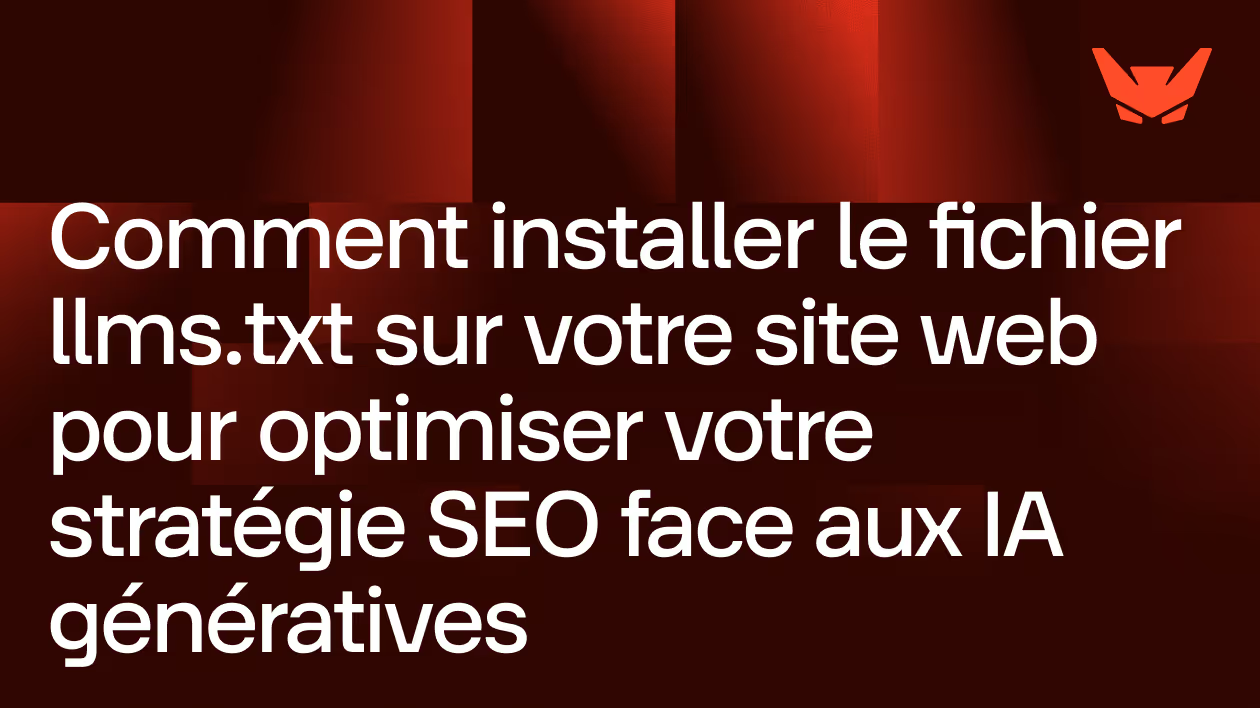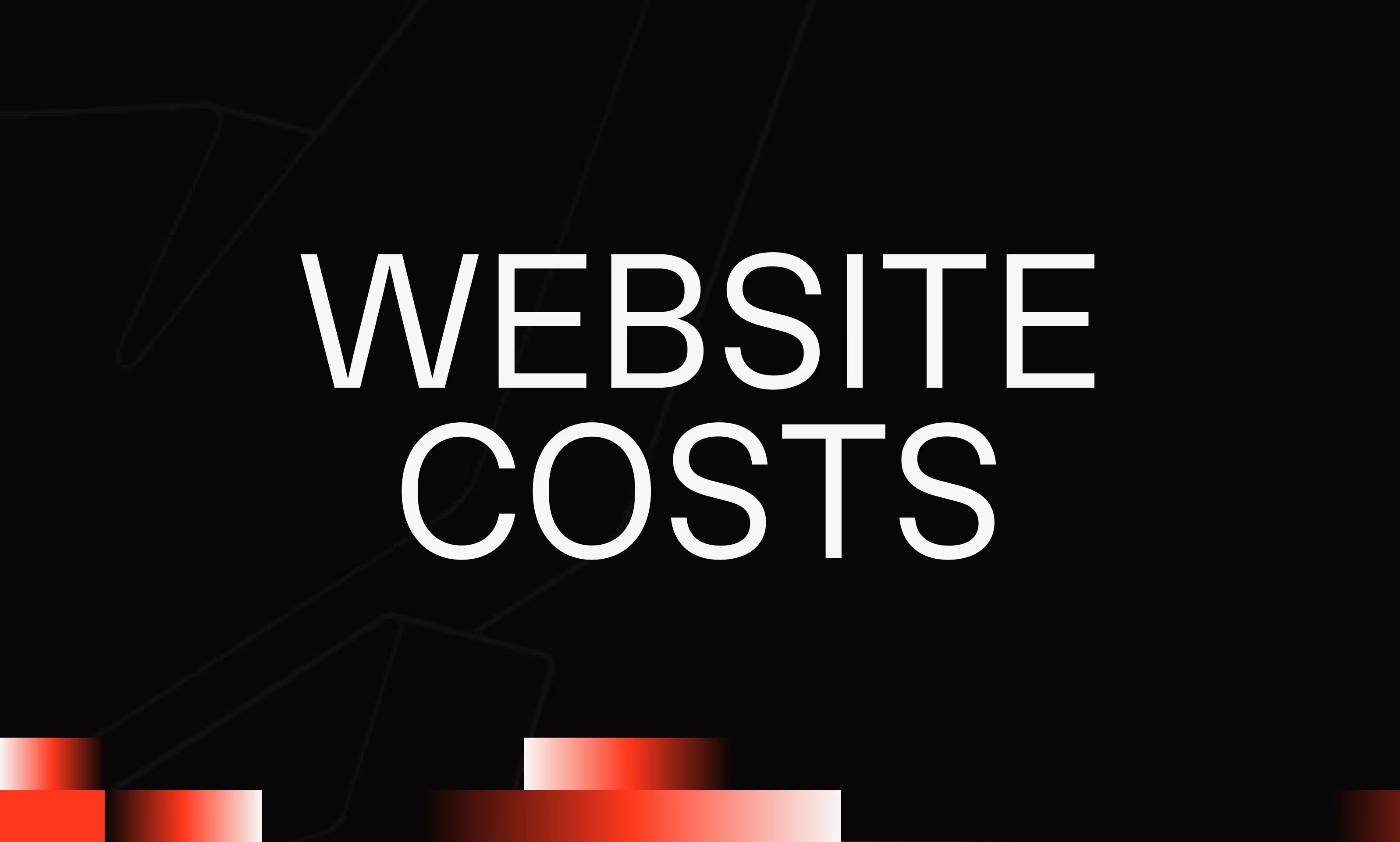WEBP
Ask the AI to summarize the term
What is the WEBP format?
WEBP is a modern image format developed by Google that is revolutionizing the optimization of images for the web. Launched in 2010, this format offers superior compression to traditional formats (JPEG, PNG, GIF) while maintaining excellent visual quality.
WEBP uses advanced compression algorithms that make it possible to significantly reduce the size of image files without any noticeable loss of quality. This technology uses the VP8 codec for lossy compression and lossless compression techniques to preserve critical details.
Advantages of the WEBP format
Superior compression : WEBP images are 25% to 35% lighter than their JPEG equivalents and up to 50% smaller than PNGs for the same visual quality.
Versatility : Support for transparency (like PNG), animations (like GIF), and lossy or lossless compression as needed.
Preserved quality : Maintaining an excellent visual result even with high compression rates.
Optimized web performance : Reduced load times, improved Core Web Vitals and user experience.
Impact on web performance
Charging speed : Lighter images mean pages that load faster, reducing user wait times.
Bandwidth saved : Significant reduction in data consumption, especially important for mobile users.
Improved SEO : Google favors fast sites in its ranking algorithms. WEBP images contribute directly to improving your SEO.
User experience : Smoother pages, less abandonment when loading, improved engagement.
Browser support and compatibility
The WEBP format has excellent modern browser support:
Native support : Chrome, Firefox, Safari (since version 14), Edge, Opera
Global coverage : More than 95% of browsers used worldwide
Fallback solutions : Graceful degradation techniques for non-compatible browsers
WEBP and Webflow: Optimal integration
Webflow intelligently manages WEBP conversion:
Automatic conversion : Automatic transformation of images uploaded to WEBP when it is beneficial
Smart Fallback : Automatic servage of alternative formats (JPEG/PNG) for non-compatible browsers
Responsive optimization : Generation of multiple image sizes in WEBP for different breakpoints
Optimized CDN : Distribution of WEBP images via the Webflow content distribution network
Optimal use cases for WEBP
Photographs : Especially effective for complex photographic images
Illustrations : Great for charts with uniform color areas
Interface elements : Icons, buttons, decorative elements
E-commerce images : Product photos, galleries, marketing visuals
Conversion and tools
Online tools : Squoosh (Google), TinyPNG, Convertio
Softwares : Photoshop (plugin), GIMP, XnConvert
Automated solutions : Integration into build workflows, conversion APIs
Implementation best practices
Progressive migration strategy : Priority conversion of the heaviest and most visible images
Quality tests : Visual verification on different devices and browsers
Performance monitoring : Measuring the impact on load times and Core Web Vitals
Save the originals : Retention of source files for future modifications
Optimization metrics
Weight reduction : Measure of the percentage of compression obtained
Charging time : Improvement of LCP (Largest Contentful Paint)
Performance score : Impact on PageSpeed Insights and GTmetrix
User experience : Improving bounce rate and engagement
Limits and Considerations
Encoding quality : Need to find the right balance between compression and quality
Legacy Support : Fallback strategy for older browsers
Workflow compatibility : Adapting content creation processes
The WEBP format represents the future of optimizing images for the web. Its systematic adoption on Webflow makes it possible to obtain significantly faster sites, directly contributing to the improvement of the user experience and SEO performances.


